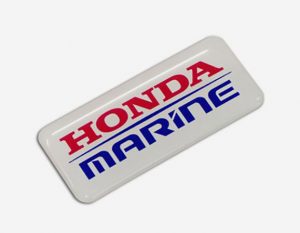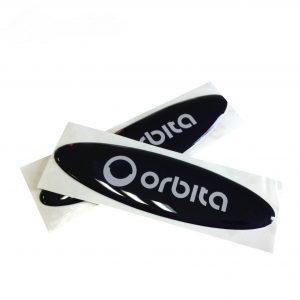Self-adhesive labels are an important manifestation of the company’s image and brand. They play an important role in reflecting product quality and inducing consumers’ desire to buy. Then how to grasp the quality of self-adhesive label printing? This article considers the material, ink, equipment and other aspects of the self-adhesive label to improve the printing quality of the self-adhesive label. The content is for the selection of the excellent packaging material system for friends to refer to: the self-adhesive label is the same as the traditional label. It has the advantages of no brushing, no paste, no dipping in water, no pollution, saving labeling time, etc. It has a wide range of applications and is convenient and quick. Self-adhesive is a kind of material, also called self-adhesive label material. It is a composite material with paper, film or other special materials as the fabric, adhesive coated on the back, and silicon-coated protective paper as the base paper. And after printing, die-cutting, etc., it becomes a finished label.
Label customization
1. Selection of raw materials
When choosing raw materials, be sure to use high-quality self-adhesive materials with qualified physical and chemical indicators, instead of using expired or unstable physical and chemical indicators. Although the latter is low in price, due to the unstable quality of this kind of material, it consumes a lot in various processes, and even causes the equipment to be unable to process normally. While wasting raw materials, it also wastes a lot of manpower and material resources, resulting in the processing cost of finished labels. It is not necessarily low. What is more serious is that it may be returned by customers or even lose customers.
2. Printing and processing characteristics of self-adhesive materials
①The surface gloss and color consistency and density uniformity of the surface material determine the uniformity of the ink absorption of the adhesive material, and also determine the color difference of the same batch of label printing. The coating strength of the surface material determines whether a large amount of paper powder will be produced during printing, and it is also an important index that determines the printing quality.
②The uniformity and strength of the thickness of the bottom paper and the surface material indicate that these indexes are not only related to the printing performance, but also important indexes that determine the uniformity of die-cutting, the speed of waste discharge and the edge breakage of the paper.
③The flatness of the material or the uniformity of the rewinding tension. Whether it is single-sheet printing or reel printing, the flatness of the material determines whether the paper can be fed, run, registered, and taken correctly during printing. For the roll material, the rewinding tension will play an important role in the flatness of the end surface of the roll material, whether there is glue leakage, and whether it can be correctly registered. ④The uniformity of adhesive and silicone oil coating and the correct coating amount directly affect the peeling force (release force) between the label and the bottom paper, and the peeling force directly affects the die-cutting waste and the machine’s performance. Speed and peeling force also determine the labeling status, that is, the application situation. In addition, the amount of glue applied will also affect the glue penetration of the end surface of the material. Therefore, when buying self-adhesive materials, you must carefully inspect them and choose those materials with the appropriate amount of glue and silicon.








